Jean Georges Noverre was a French pioneer born in the 18th century. His genius led him to develop a real change in classical ballet. He is considered the father of ballet d’action. So, this is a form of ballet that tells a story purely through dance, mime, and expressive movement.
If you want to know more about his history and legacy, keep reading the article. Thanks to Noverre, ballet gained significant importance, becoming independent of other art forms like opera.

Table of Contents
Early Life and Education
Jean Georges Noverre was born in Paris on April 27, 1727, to a Swiss father and a French mother. Jean-Georges Noverre was raised in the Protestant faith and received an excellent education. His father was a Swiss Guard member and wished his son Noverre a military career.
But Noverre’s passion for the theatre eventually prevailed. So, he eventually decided to study with the noble dancer of the Paris Opera, Louis “le Grand” Dupre. By talent and training, not to mention ambition, Noverre seemed headed for a career at the prestigious Opéra.
At sixteen he appeared with Mademoiselle Puvigné and Lany at the Opéra Comique in a pas de trois. A couple of years later, in 1747, he was named maître de ballet at the Opéra Comique. There, he produced several ballets.
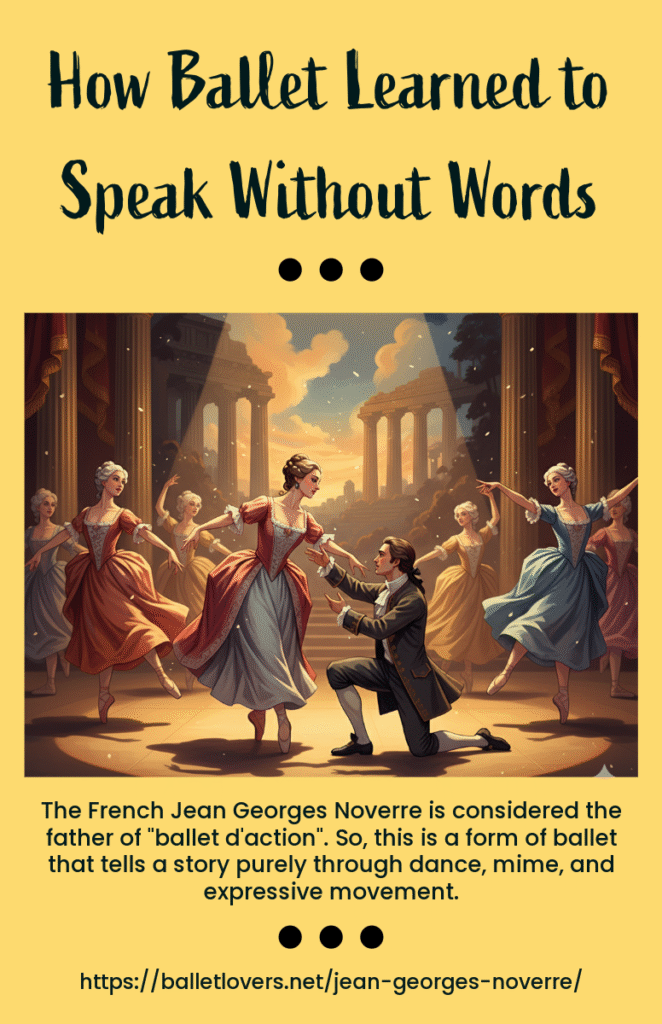
Among them was Les Fêtes Chinoises (The Chinese Fair), a montage of travel scenes accompanied by cymbal and triangle percussion effects.
In 1749 he met his wife, the actress Marie-Louise Sauveur. Shortly after their marriage, he decided to move to Lyon, a more progressive environment than Paris.
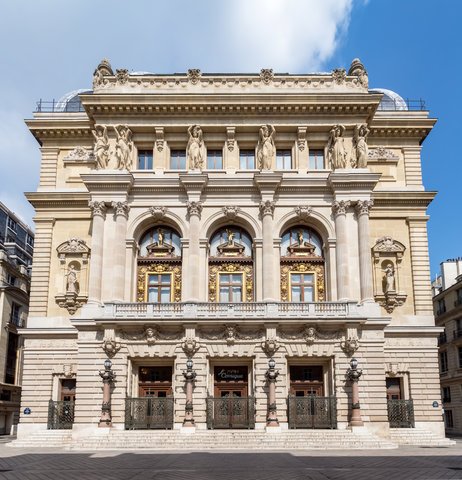
There he teamed up with the Spanish-Belgian dancer Marie Camargo. Then, he directed the first ballet pantomime, Le Jugement de Paris (The Judgement of Paris) in 1750. He repeated the successful work in 1751 in Marseilles. In 1754 he also presented his Fétes Chinoises and La Fontaine de fouvence at the Foire Saint Laurent, with great success.
But Jean Georges Noverre’s theories were considered too advanced for Paris. So, he failed to obtain the coveted post of ballet master at the Opéra. He then had to travel abroad to have the opportunity to develop his theories.
Studying Pantomime with David Garrick
On the other hand, there was a prestigious theatre in London, the Theatre Royal Drury Lane. Its co-director, the talented Shakespearean actor David Garrick, was looking for some particular attraction that would draw the public to his theatre. And so he tried to arrange for Noverre and a ballet troupe of his choice to come to London.
Even though France and England were on the brink of war (which finally broke out in 1756), the contract was signed on 21 January 1755. It is here in London that Noverre studied pantomime with David Garrick. A close friendship developed between these artists, which successfully resisted the riots that broke out in the theatre in protest at the hiring of French dancers. So, this situation led to the premature withdrawal of Noverre’s ballet from the programme.

Forced to leave London, Noverre returned to the Lyon Opera. His monograph Lettres sur la Dance, et sur les Ballets (Letters on the Dance and the Ballet, 1756) presented his research into classical mime and the results of his collaboration with Garrick. In establishing the parameters of ballet d’action, Noverre stripped stage productions of mannered costumes.
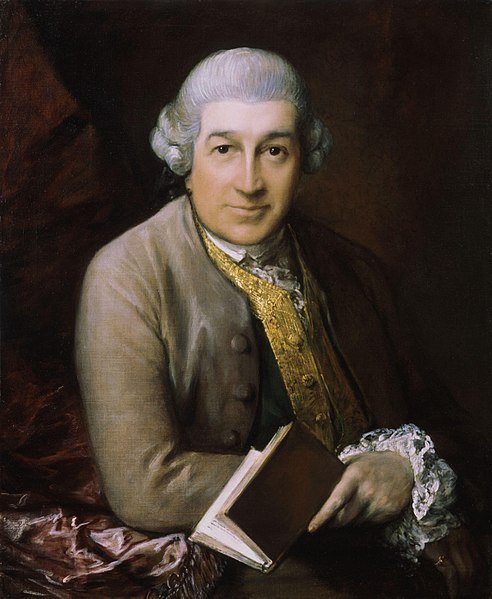
He also fragmented choreography that linked dance to 16th-century courtly behaviour.
Later, in 1758, he obtained the post of maitre de ballet at a large theatre in Lyon, where he produced many comedy ballets, such as Les Métamorphoses Chinoises and Les Réjouissances Flamandes.
Recommended for You:
Ballet d’Action: Noverre’s Vision for Ballet
Noverre then travelled to Stuttgart where he was hired as Ballet Master at the Ducal Theatre in Württemberg, at the court of the Duke of Württemberg. He held this position from 1759 to 1766. In 1760 he published his famous book Lettres sur la danse, et sur les ballets. This book defended the principles of ballet d’action. In other words, this is a story ballet without the aid of poetry or song with pantomime elements to match the music for dramatic effect. The book also distinguished ballet as an art form distinct from opera.
Recommended for You:

This position at the Stuttgart theatre allowed him to develop his new ideas about ballets d’action (ballets with a plot) and to hire the best dancers.
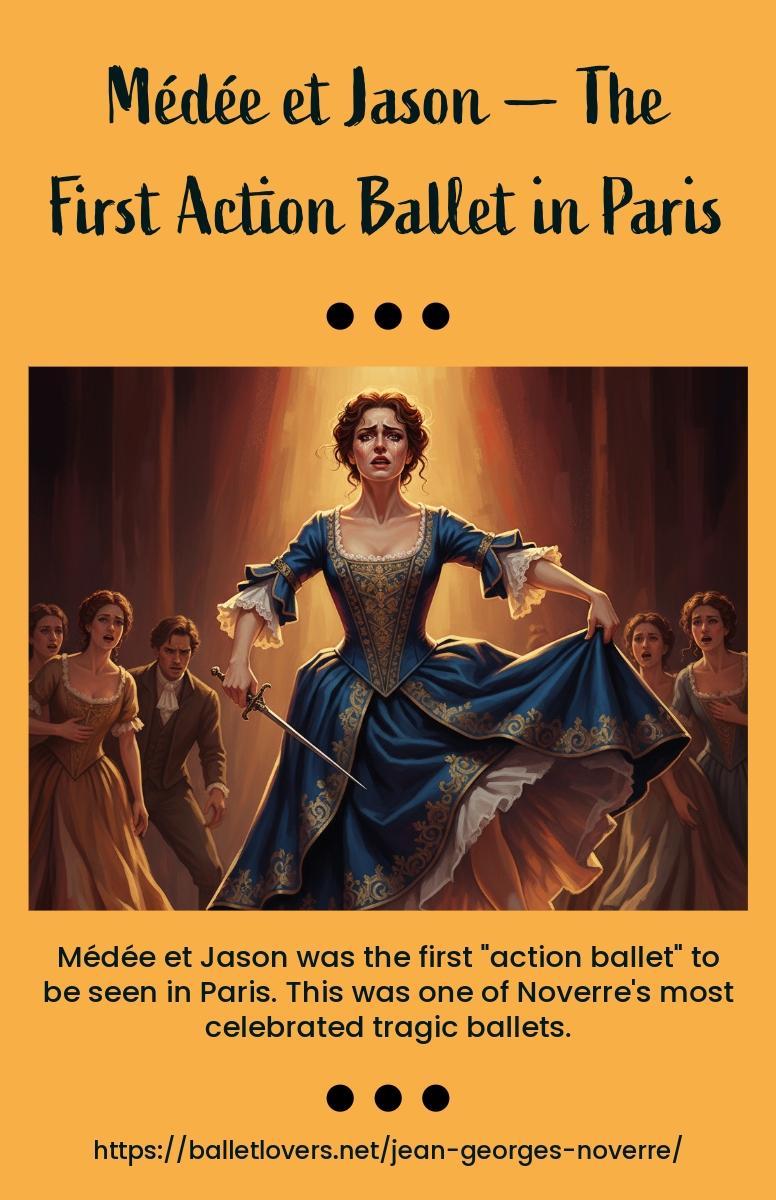
Médée et Jason, which premiered in 1763, was one of several works he produced in Stuttgart, all using expressive gestures to describe the story. This was one of his most celebrated tragic ballets.
Médée et Jason had originally been created as a 35-minute interlude between the acts of Jommelli’s opera Didone Abbandonate. But one evening, when the lead singer was indisposed, the ballet was performed alone with great success.
And so, Médée et Jason helped ballet to develop as an independent art form. Besides, Médée et Jason was the first action ballet to be seen in Paris. And it changed the way ballets were conceived.
Return to France and the Paris Opera
Years later he settled in Vienna (1767-74). There, he collaborated with a friend, the German composer Christoph Gluck. He was experimenting with opera as much as Noverre was with ballet. On the other hand, he was appointed maître de ballet and director of court performances. Also, he was named maître de danse to Empress Maria Theresa and the imperial family. So, he became ballet master to the child prodigy Antoine Bournonville and the future queen of France, Marie Antoinette.
In 1775, Noverre returned to Paris. And in August 1776, he finally achieved his long-desire goal. He was appointed maître de ballet at the Académie Royale de Musique, Paris Opera. This was thanks to the influence of his illustrious pupil, Marie Antoinette, now Queen of France. So, he became the successor to Gaetano Vestris, who had just resigned.
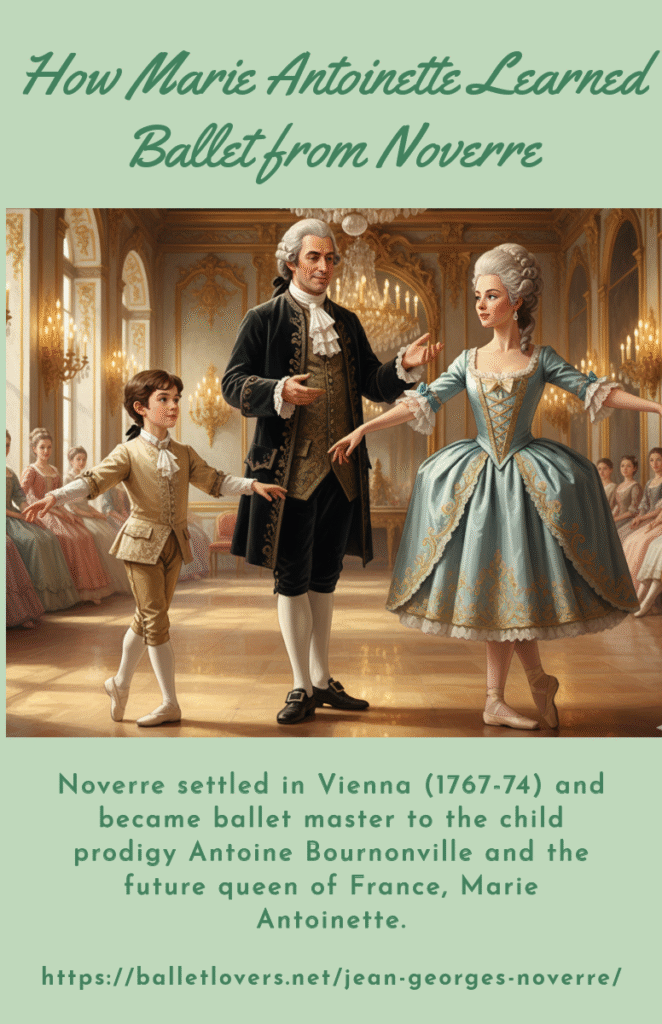
But after the French Revolution (1789) Noverre had to flee to England. This time he received a more cordial welcome.
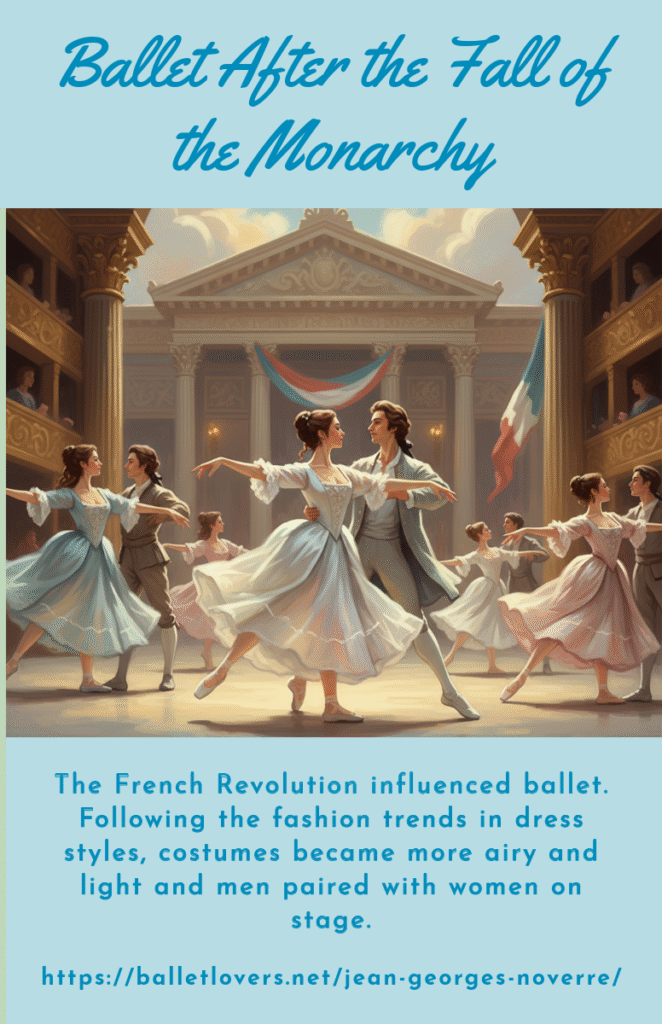
On the other hand, the French Revolution not only transformed the customs and standards of society but also influenced dance. Following the fashion trends in dress styles, costumes became more airy and light and men paired with women on stage.
Also, most importantly, the audience was no longer limited to aristocrats, so ballet began to have a broader popular appeal.
During his stay in England, Noverre produced his last ballet, Les Amours de Tempe (1793). He returned to France around 1795. There, he worked on a new edition of his famous book Lettres sur la Danse et sur les Ballets. And he lived in retirement until his death in October 1810. During his lifetime he wrote more than 150 ballets.
Jean Georges Noverre’s Enduring Legacy
His book Lettres sur la Danse et sur les Ballets consists of a series of letters, in which he answers all kinds of questions relating to dance, addressed to him by an imaginary correspondent. It was first published in Stuttgart in 1760.
On the other hand, it was later translated and published in other European countries, such as England (1783), France (1783) and Russia (1803-4). His writings are still relevant. So, he is recognised as the father of ballet d’action and the type of ballet we know today.
Noverre reformed stage costumes, restored and developed the art of mime and emphasised the value of good music.

By discarding the masks that had to be worn at the Paris Opera, Noverre could show expressions on the faces of the dancers. Also, he decreed that all ballets must have a good plot. He insisted that dance should be designed not as mere entertainment. Instead, it should be a means of expressing or aiding the development of the theme.
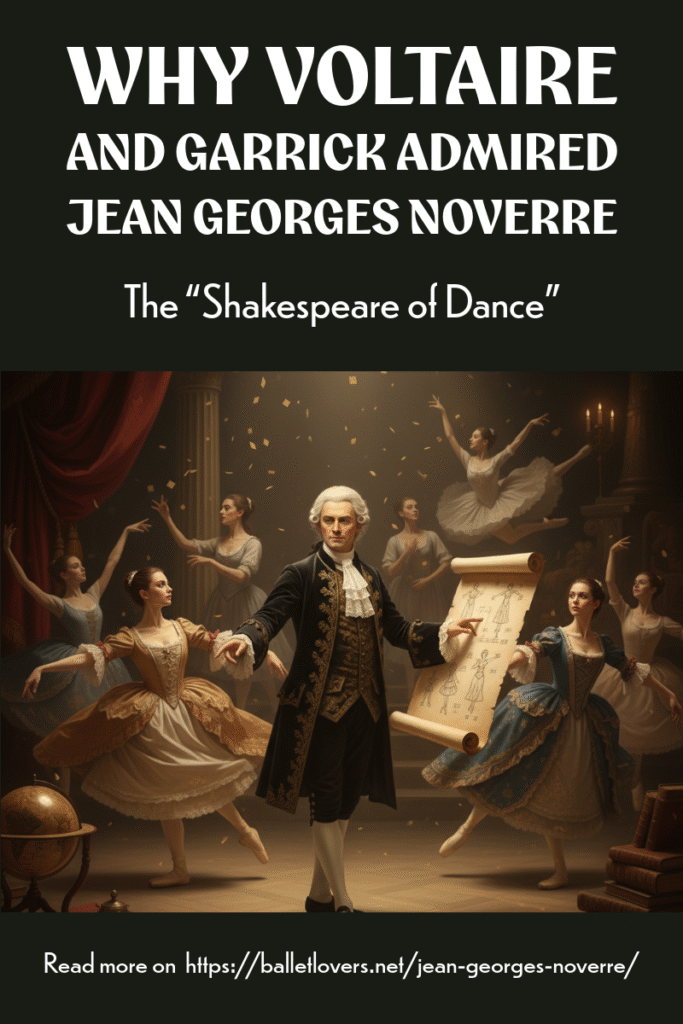
So, ballet changed from a decorative ornament (within opera in the French case) to the independent narrative art form we today think of as story ballet. Under Jean-Georges Noverre, ballet came of age and, for the first time, achieved a stature of importance among the arts.
It was not without reason that Garrick called him: “The Shakespeare of dance,” and Voltaire, “the Prometheus of dance.” His direct influence lay behind the great achievements of the Romantic Ballet in the first half of the 19th century. So, his pupils continued his work and passed on the legacy to their successors.
Last but not least, Lettres sur la Danse et sur les Ballets, was studied in greater depth by Jules Perrot, the master choreographer of the Romantic Ballet.
A Timeline of the Shakespeare of Dance


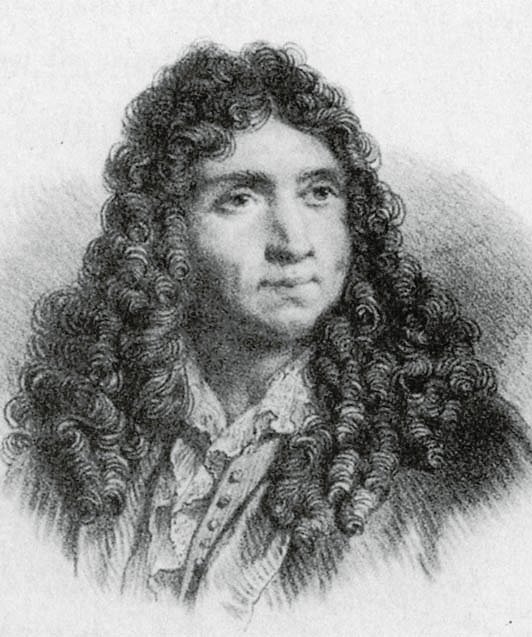
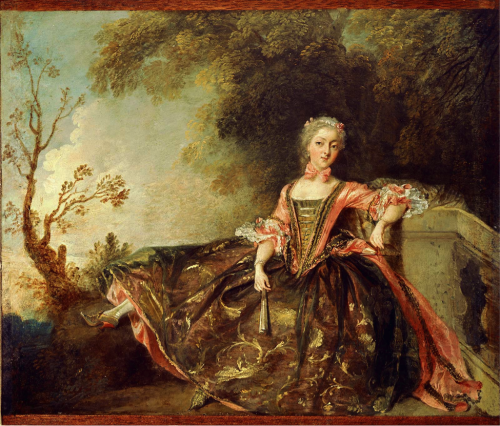



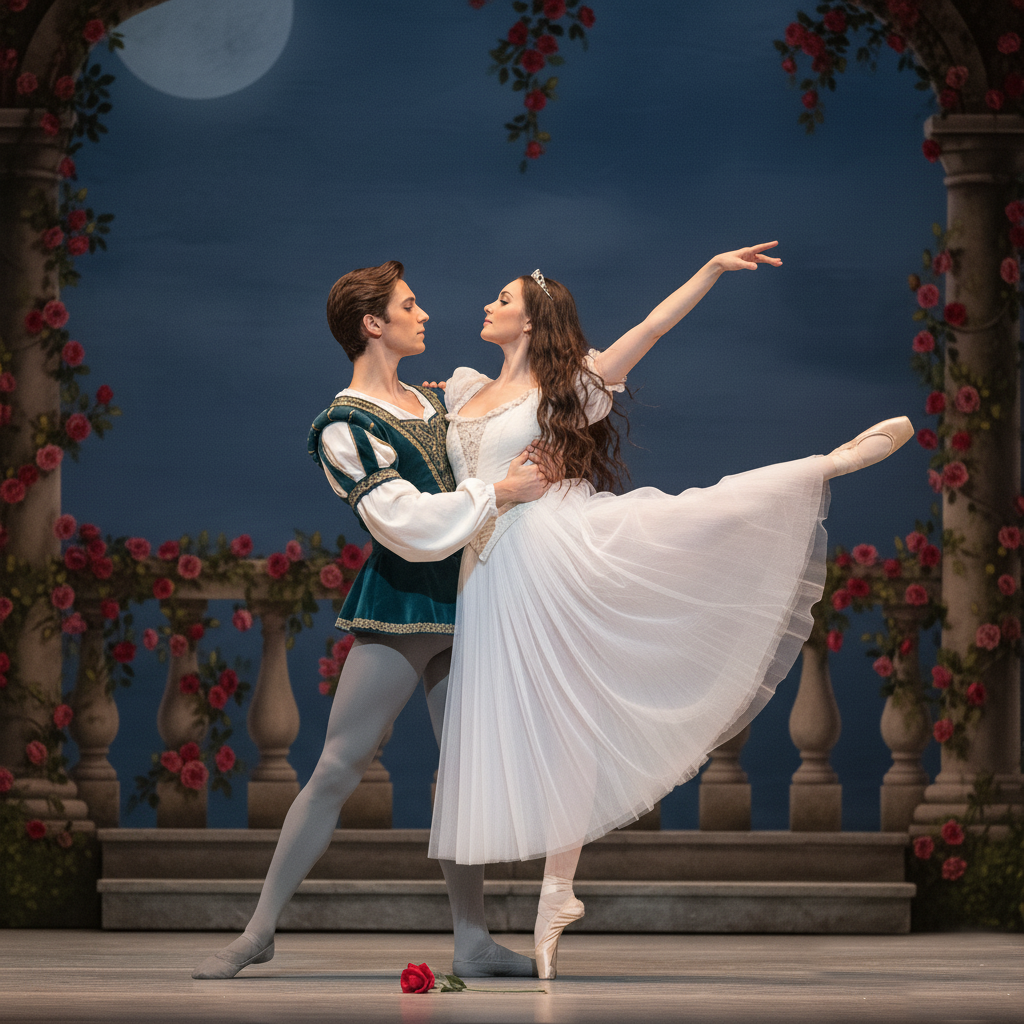
Leave a Reply